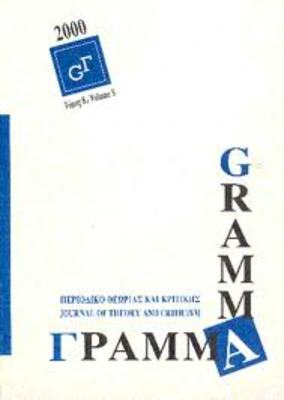Shakespeare translation and taboo : a case study in retranslation
Part of : Γράμμα : περιοδικό θεωρίας και κριτικής ; Vol.12, No.1, 2004, pages 73-87
Issue:
Pages:
73-87
Author:
Abstract:
This article examines the critical discourse around two Hungarian versions of Hamlet by Istvdn Eorsi. The first one, from 1983, was commissioned by a prosperous theatre company, because the prestigious 1 867 translation by the eminent poet Jdnos Arany was losing its appeal on the stage, mainly due to changes in the spoken language. Eorsi s first Hamlet is not a translation proper' but a dramaturgical revision of Aranys text. However, Arany’s translation is so strongly canonised and so much part of the national cultural heritage that this new text met with many critics' rejection. Without having been commissioned, Eorsi translated the play again, with a new translation strategy. In the 1988 version he meant to provide a new text, translating the original into Hungarian rather than translating Arany into a contemporary Hungarian idiom. Still, he could not avoid leaving untouched a few well-known expressions and aphoristic quotations from Aranys work. This raises the question how much his second, 'proper translation differs from the first in methodology. Both cases display a certain taboo around Arany s text at work.
Subject:
Subject (LC):
Keywords:
μεθοδολογία μετάφρασης
Notes:
Περιέχει βιβλιογραφία




